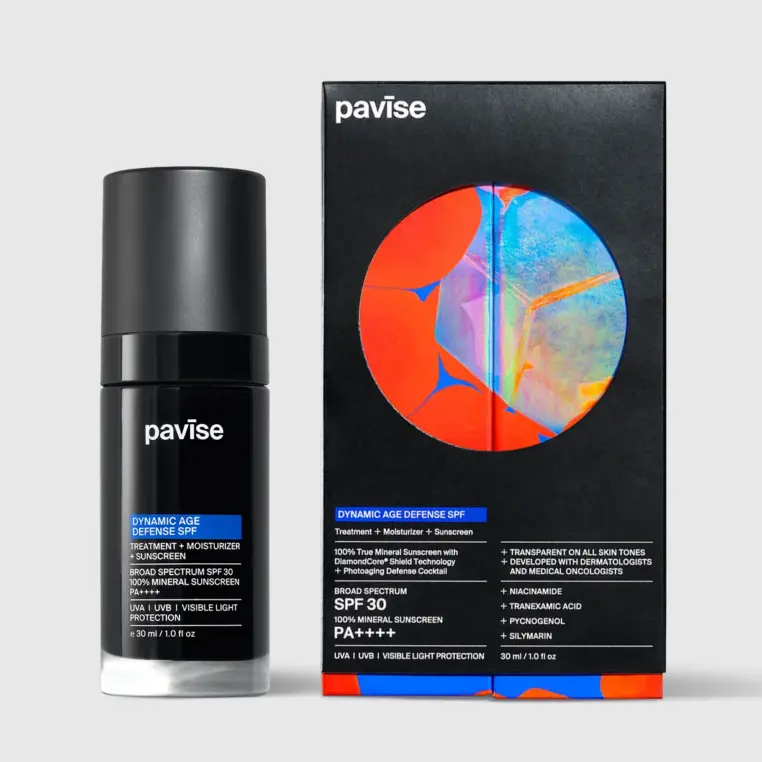It is true that the more sun exposure one incurs as a child and as an adolescent, the earlier and more extensive its effects will in the skin. Initially the skin loses its luster because of changes in the uppermost layer of the skin called the epidermis. Then follows the gradual loss of collagen and hyaluronic acid which cause the skin to lose its youthful plumpness. Meanwhile, brown spots start showing up and cause a muddy tan look in the summer. Once the elastic tissue gets weakened, fine wrinkles will appear. Patients often feel worse about the uneven skin tone than the wrinkles. And lastly, precancerous and cancerous lesions can develop.
Here, at Greenwich Dermatology TM, we have an array of advanced methods to tackle each one of the above problems.
The most important thing during your sun damage evaluation is to make sure you do not have skin cancer. Any suspicious lesion will be biopsied and submitted for examination at the dermatopathology department at Yale New Haven Hospital. Precancerous changes called actinic keratoses (AKs) are irregular rough little patches. These can be treated with anti-cancer creams, Fraxel treatments, PDT BLU-U photodynamic treatments (with the newest sensitizer) and LADD or Laser Assisted Drug Delivery, often all at the same time.
Early sun damage can be helped with a series of peels.
Brown spots respond well to IPL light, NdYAG, Alexandrite and Fraxel lasers.
Thinning and lax skin are best addressed with Fotona, Ultherapy, Thermage, Endymed Intensif.
Besides sunscreens, the newly developed DNA repair creams and extracellular matrix promoter creams are simply non-negotiables in today’s skin care.
We are thrilled to introduce Pavise Dynamic Age Defense SPF to our practice, a partnership that epitomizes a commitment to advancing science in skincare. The Pavise product portfolio, a result of collaborative efforts between esteemed scientists from Harvard and MIT, garners unwavering support from luminaries like Dr. Barbara Gilchrest, Dr. Robert Langer, and Dr. Haifan Lin.
Dynamic Age Defense SPF redefines skincare simplicity. Combining the potency of treatment, moisturization, and an ingenious patented UV filter named DiamondCore® zinc oxide, it stands as the first approved UV filter innovation since 1999. At its core, Dynamic Age Defense SPF not only offers SPF 30 PA++++ protection, the highest tier of UV defense, but also seamlessly incorporates six potent antioxidants, five intensive moisturizers, and three targeted dark spot treatments. This extraordinary fusion condenses an extensive 10-step routine into one masterstroke of skincare ingenuity.
In addition, Dynamic Age Defense SPF guarantees complete transparency and wears flawlessly on all skin tones – a triumph over the notorious white cast effect. Dynamic Age Defense SPF also offers up to 8 hours of uninterrupted protection, potentially eliminating the need for reapplication throughout the day.
Confidently integrate Dynamic Age Defense SPF into your post-procedure regimen; it safeguards your healing skin with unwavering care.

Sun damage can most often be seen as an uneven skin tone, small patches of notably darker skin, and splotches of red or mottled skin. But other issues may also develop, such as thick, coarse wrinkles with a yellow tinge.
There are a range of at-home remedies that claim to make sun damage disappear. But a more effective way to address these concerns is through cosmetic procedures such as Fraxel laser resurfacing and intense pulsed light (IPL) therapy. Some early, mild instances of sun damage may even be remedied by chemical peels or microdermabrasion.
Depending on your skin type, anywhere between 10 and 60 minutes of ultraviolet (UV) exposure can result in sun damage. Imagine how quickly this adds up when you’re outside all the time! This is why it’s important to remain diligent about prevention. Wear protective clothing and apply sunscreen daily -- no matter how long you plan on being outside.
Most cases of mild sun damage can be almost entirely reversed. But major sun damage (especially in people with fair skin) is usually only able to be partially reversed.
